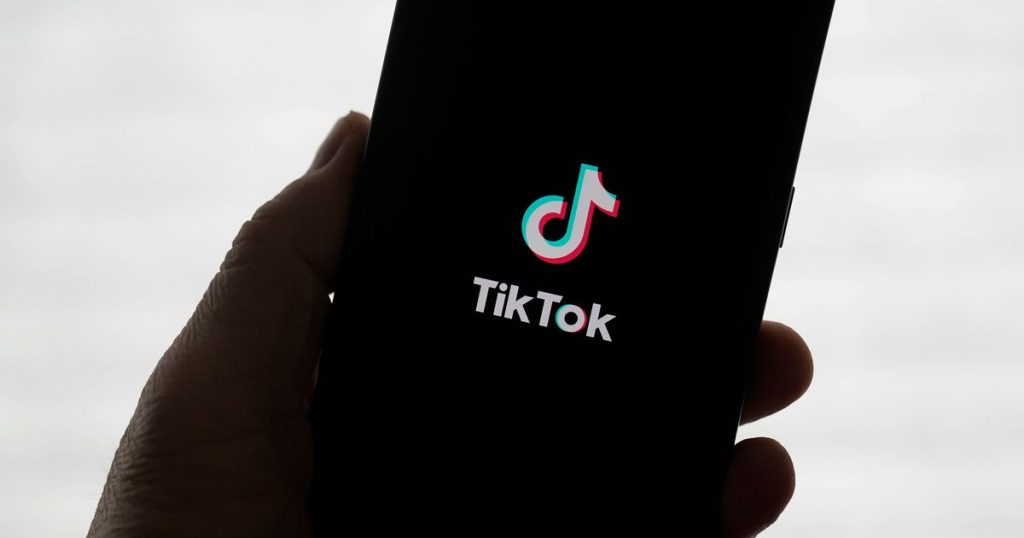TikTok, the wildly popular social media app, has once again become available for download in the U.S. after a dramatic back-and-forth with the Trump administration. The app, which boasts over 170 million American users, was temporarily removed from Apple’s App Store and Google Play Store on January 18, 2023, as part of a larger legal battle. The removal was set to comply with a law that demanded TikTok’s parent company, the Chinese tech giant ByteDance, either sell the app or face a permanent ban in the U.S. However, just days later, TikTok suspended its services for a single day before restoring access, following assurances from President Donald Trump that he would postpone the ban. This rollercoaster of events left users scrambling, with some even temporarily migrating to a Chinese social media app called RedNote, humorously referring to themselves as “TikTok refugees.”
The app’s return to U.S. app stores came after nearly a month of uncertainty. On his first day in office, President Trump signed an executive order extending the enforcement of the TikTok ban until April 5, giving the company more time to resolve the situation. This development marked yet another twist in TikTok’s long and contentious journey in the U.S. For years, the app has faced scrutiny from the U.S. government, which has raised concerns over its Chinese ownership and the potential risks it poses to national security. Officials have worried that ByteDance could be compelled by the Chinese government to share data from TikTok’s millions of American users, though the company has repeatedly denied these allegations. TikTok has also argued that the law forcing it to sell or face a ban violates the First Amendment rights of its users, adding a layer of legal complexity to the debate.
Despite the ongoing challenges, TikTok has managed to maintain a surprising level of support from President Trump, who has notably softened his stance on the app over time. In fact, TikTok CEO Shou Chew was even in attendance at Trump’s inauguration ceremony, signaling a degree of goodwill between the company and the administration. This relationship has been a key factor in the app’s ability to navigate the treacherous waters of U.S.-China relations. However, the situation remains far from resolved, with TikTok’s fate in the U.S. hanging precariously in the balance.
One potential solution that has been floated is the idea of TikTok being jointly owned, with American investors taking a stake in the company. President Trump has suggested that half of TikTok’s ownership could be transferred to U.S.-based entities, a move that could alleviate some of the national security concerns. Several high-profile figures have already expressed interest in acquiring a piece of the app, including real estate mogul Frank McCourt, Shark Tank investor Kevin O’Leary, and popular YouTuber Jimmy Donaldson, better known as MrBeast. While these discussions are still in their early stages, they represent a possible path forward for TikTok as it seeks to establish a more stable presence in the U.S. market.
The broader implications of the TikTok saga extend far beyond the app itself, touching on issues of global technology governance, data privacy, and the evolving relationship between the U.S. and China. As tensions between the two superpowers continue to rise, companies like TikTok find themselves caught in the crossfire, forced to navigate a complex web of political and economic interests. For now, TikTok’s return to U.S. app stores offers a temporary reprieve, but the app’s long-term future in the country remains uncertain. As the situation continues to unfold, one thing is clear: the story of TikTok in America is far from over.
In the meantime, the millions of TikTok users in the U.S. can breathe a sigh of relief, knowing that their favorite app is once again available for download. Whether they’re creating viral dance videos, sharing comedic sketches, or simply scrolling through the endless stream of content, TikTok has become an integral part of American social media culture. As the app works to secure its place in the U.S. market, its users will no doubt be watching closely, hoping that the platform they’ve come to love will continue to thrive for years to come.









